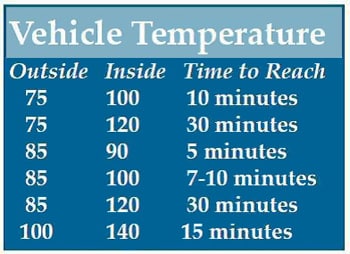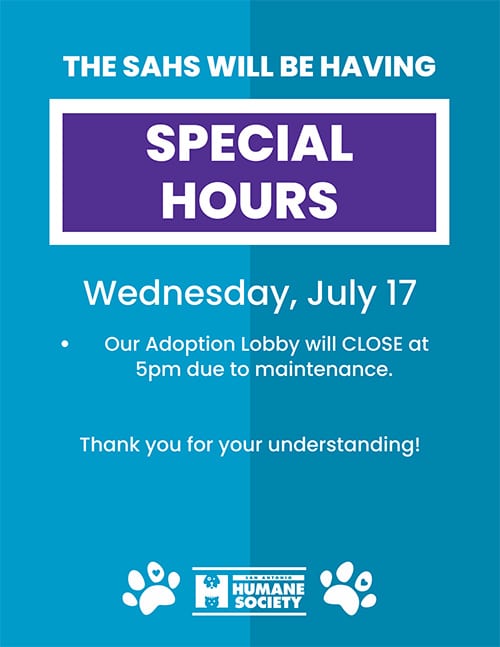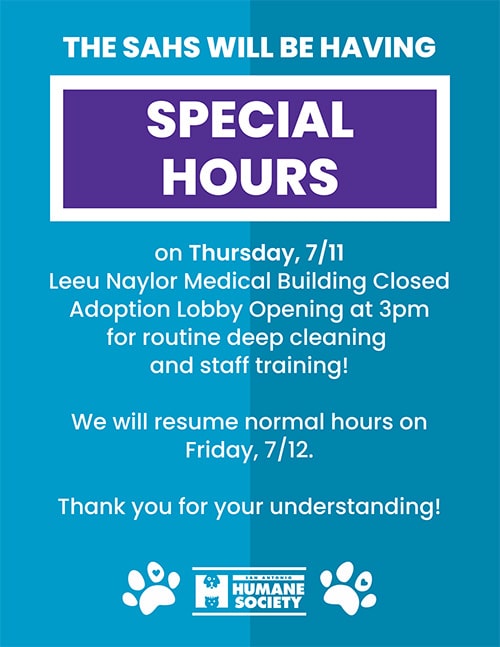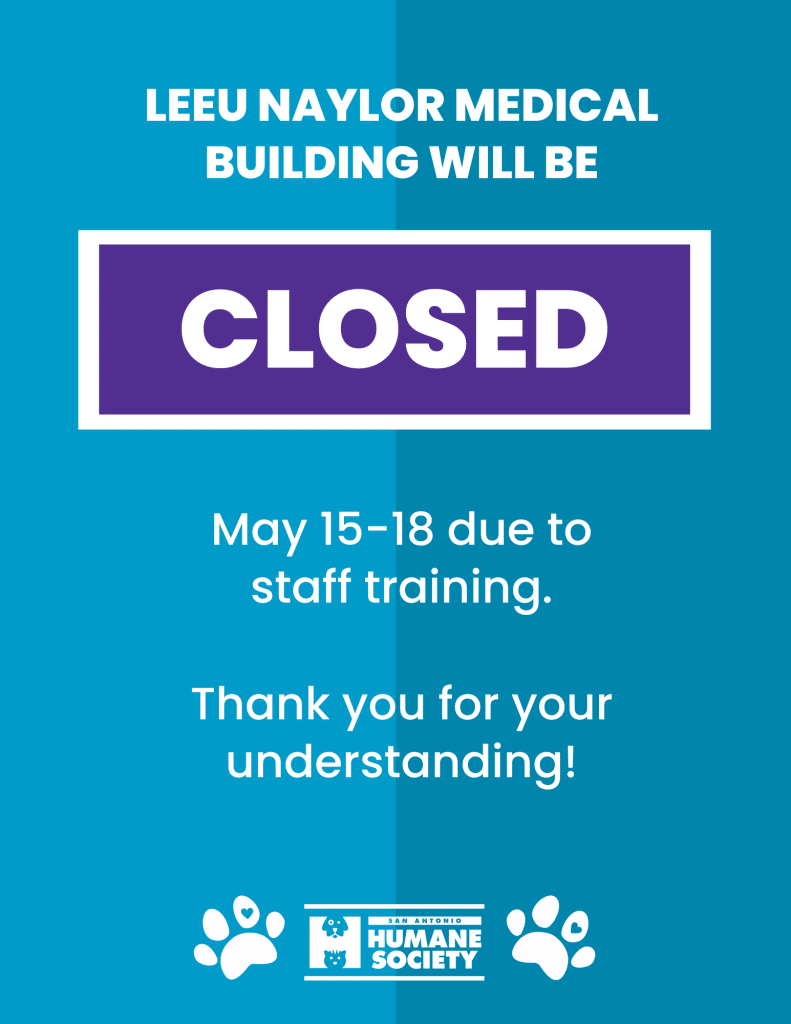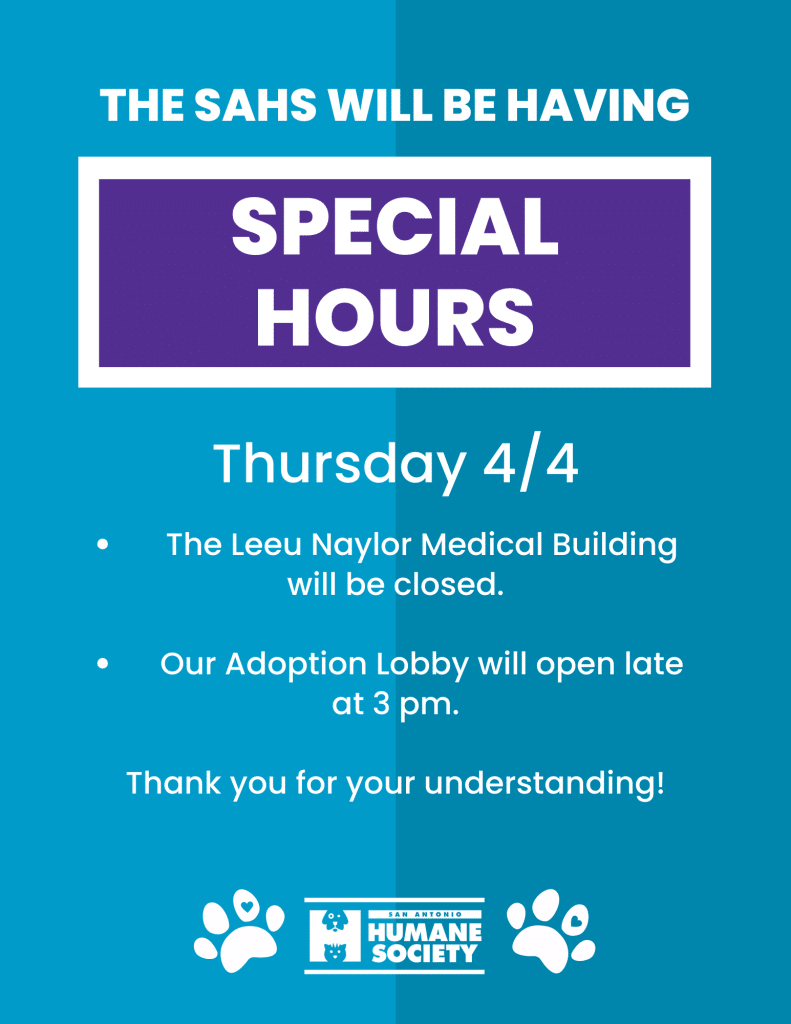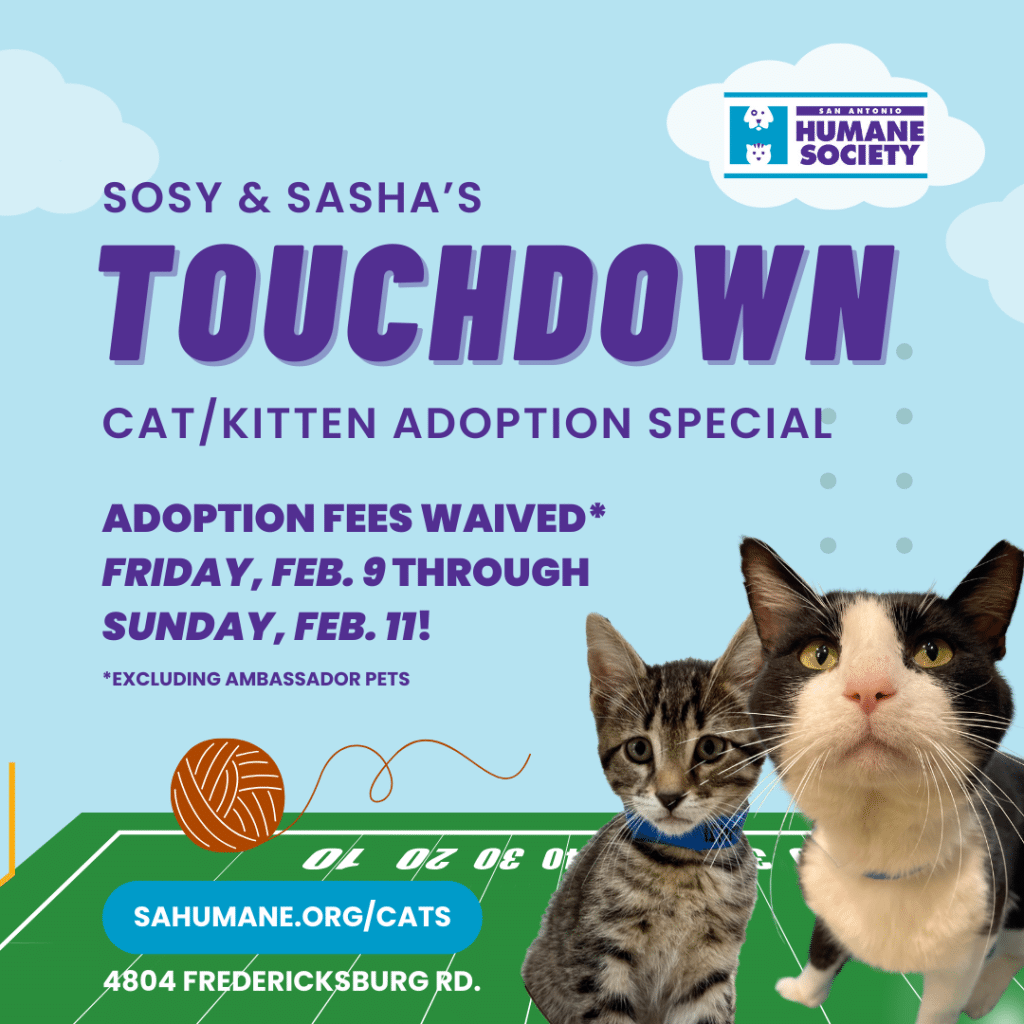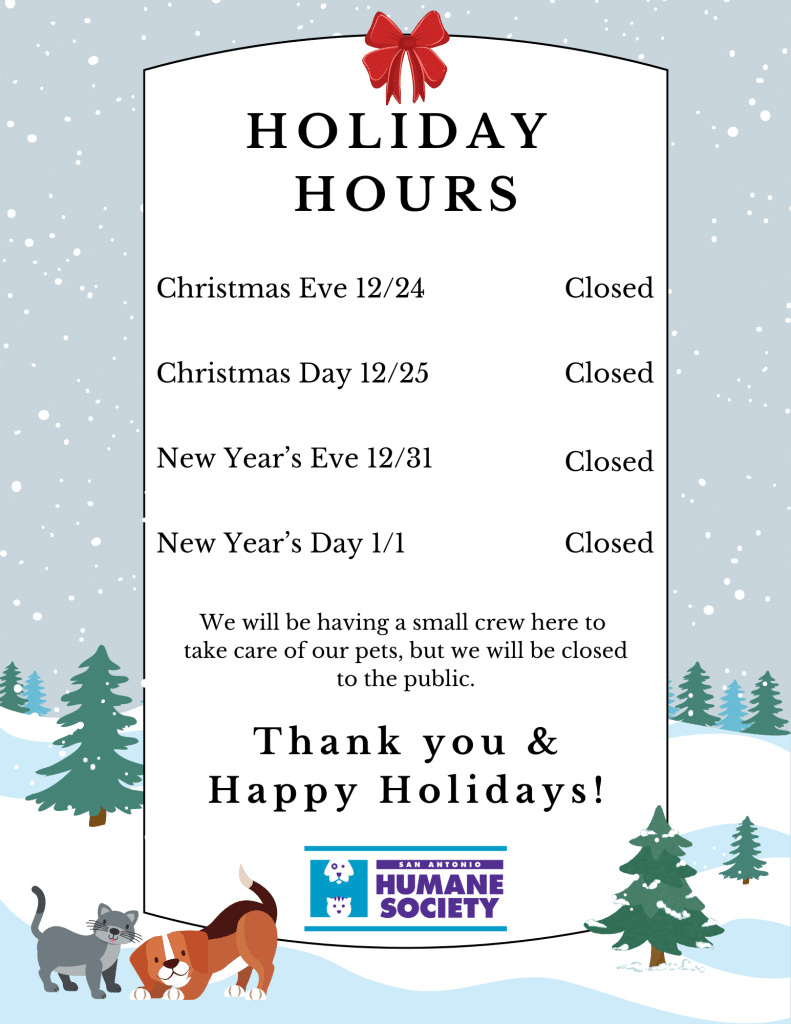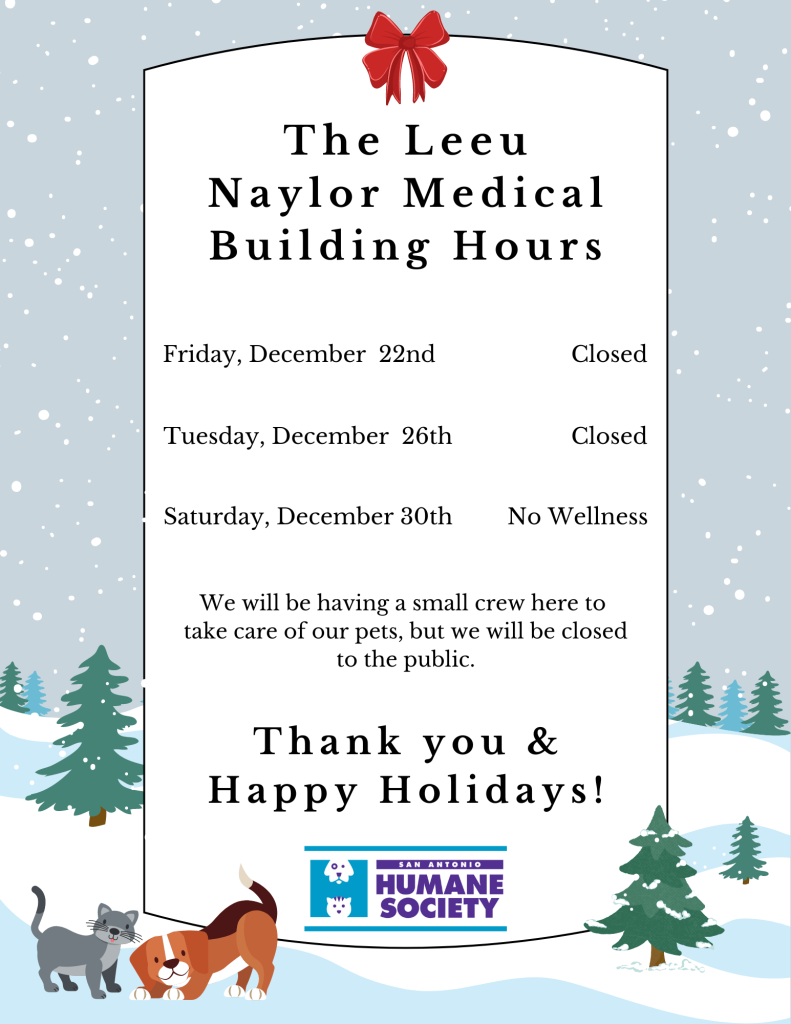Hot Weather Tips to avoid emergency situations and heatstroke in pets.
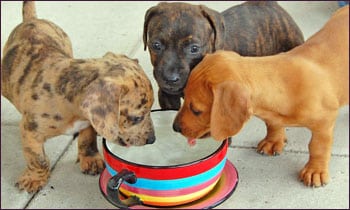
• Exercise early in the morning and late evening when it is a bit cooler. Avoid the midday heat. It can be dangerous.
• Be careful of pad burns on hot pavement and metal surfaces, this can make your pet uncomfortable and/or sensitive. If possible, try to walk on the grass or buy booties.
• Offer small amounts of fresh cool (without ice) water frequently during the walk. Make sure plenty of water is available in an unspillable container throughout the day.
• During the walk watch your pet for signs of tiring and too much panting. Panting with the tongue out of his mouth completely tells you it’s time for a break.
• Try to walk in areas where there is shade.
• Always provide a vast amount of fresh water for your pet. If possible a separate larger container to lie/play in is better.
• If your pet must be outdoors, put the water bowl in the shade and check on it throughout the day to refill.
• Some dogs love having their own kiddie pool in the yard to cool off in.
• Use a hose or if you can let your pet swim (if your pet knows how to swim) in a lake or pool to become thoroughly wet before heading out on a walk. Evaporation will help keep your pet cool. Be sure to wet all layers of the coat, this is especially important for double-coated breeds, such as Retrievers, for maximum cooling.
• Signs of heat stroke include (but are not limited to): body temperatures of 105-110F degrees; excessive fast and desperate panting; dark or bright red tongue and gums; staggering; seizures; bloody diarrhea or vomiting; coma; or death. It is good to learn how to take your pet’s temperature in the event of an emergency.
• The short-nosed breeds, like Bulldogs and Pugs, large heavy-coated or dark colored breeds, and those dogs with heart or respiratory problems are more at risk for heat stroke.
• If you believe your pet has a heat stroke, seek veterinary attention immediately! Use cool water, not ice water, to cool your pet off. Very cold water will cause constriction of the blood vessels and slow down cooling. Do not aid cooling below 103 F degrees – some animals can actually get Hypothermic, or too cold. Offer ice cubes for the pet to lick on until you can reach your veterinarian. Use rubbing alcohol on pads of feet and throat if a water hose is not available.
• Just because your pet has cooled down and seems OK, do NOT assume everything is fine. Seek veterinary care immediately. Heat stroke can cause damage to kidneys, liver and heart long after the temperature has been brought back down.
• Do not assume your pet knows when to stop! Dogs with no “quitter” like healers, jack russels, and other “hyper” dogs can run themselves into a heat stroke or exhaustion without hesitation. Always make sure you have control of your pet during times of extreme temperatures.

